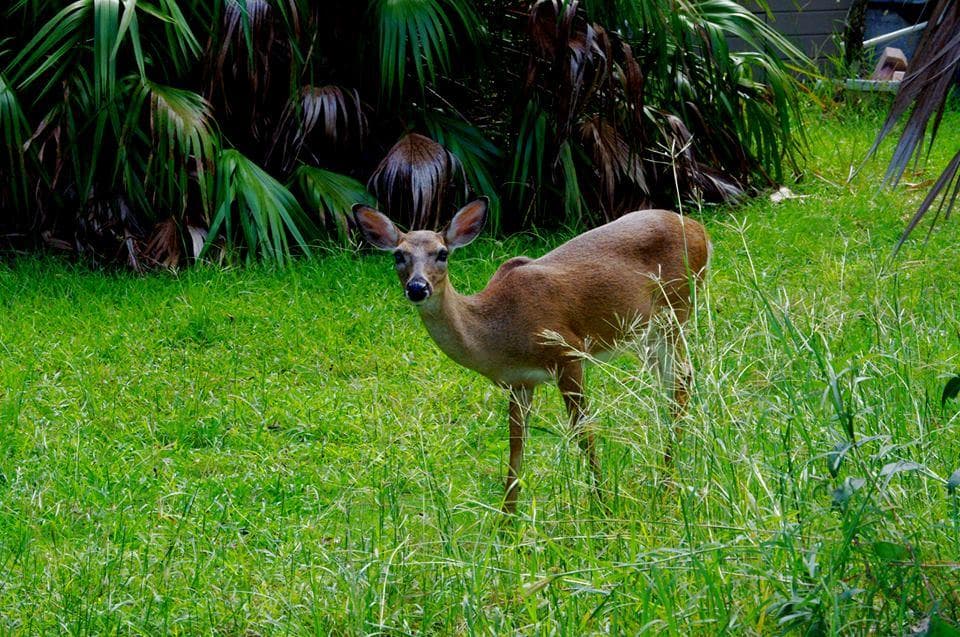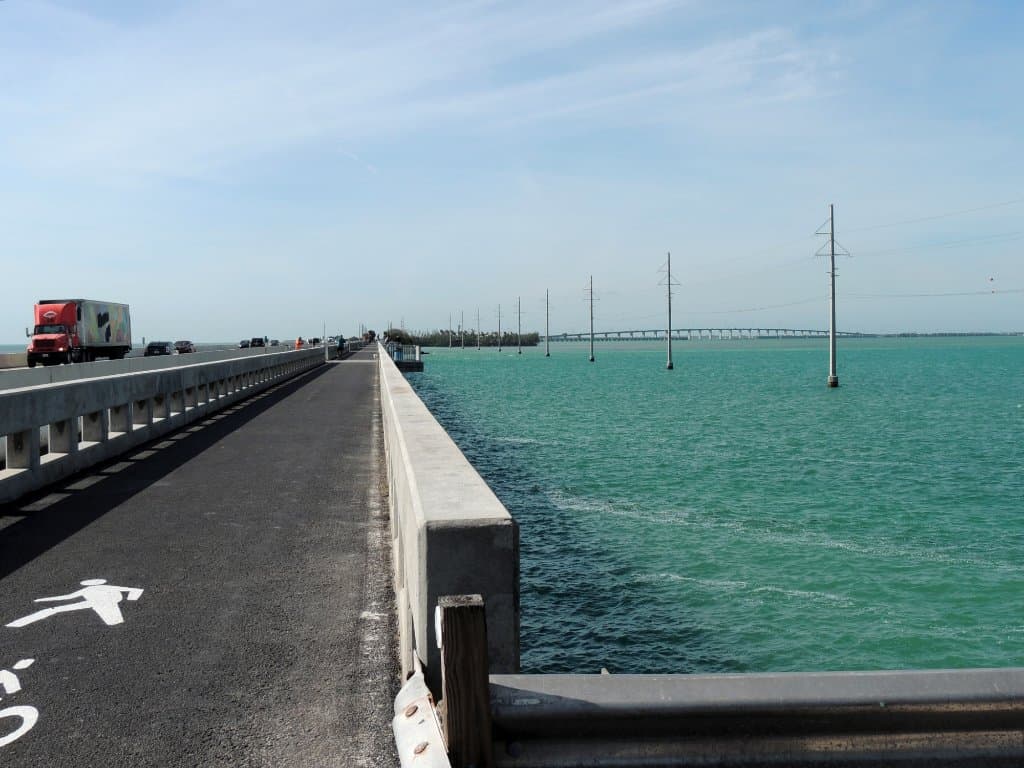Great White Heron National Wildlife Refuge
A vital sanctuary for the majestic Great White Heron and diverse marine life, offering pristine keys and tranquil waters.
Highlights
Must-see attractions

Social
From TikTok & Reddit
Best Time
Peak bird migration season
Great White Heron National Wildlife Refuge
Best Time
Peak bird migration season
Highlights
Must-see attractions
A vital sanctuary for the majestic Great White Heron and diverse marine life, offering pristine keys and tranquil waters.
"Gorgeous water all around. Got to watch 8 shark pups swimming around in foot deep water."
🚫 No Jet Skis Allowed
Respect the refuge rules: jet skis are prohibited to protect wildlife and sensitive habitats.
🚤 Boat & Paddlecraft Ready
Access is primarily by boat or kayak. Ensure your vessel is suitable for shallow waters and open crossings.
Highlights
Discover the most iconic attractions and experiences
Great White Heron Sightings
Throughout the refuge
Witness the majestic Great White Heron in its natural habitat. These magnificent birds are a primary reason for the refuge's protection.
Abundant Birdlife
Various keys and shorelines
Beyond herons, discover a vibrant array of migratory and resident birds, especially in winter. A true paradise for birdwatchers.
Marine Life Encounters
Shallow waters and seagrass beds
Spot sharks, rays, sea turtles, and diverse fish species in the clear, shallow waters. An incredible underwater spectacle.
Pristine Keys Exploration
Snipe Key, No Name Key
Explore secluded keys like Snipe Key, offering peaceful retreats and stunning natural beauty for paddlers and boaters.
Plans like a pro.
Thinks like you
Planning Your Visit
Respect the Wildlife & Environment
Plan for Water Access & Weather
Best Times
Insider Tips
from TikTok, Instagram & Reddit
🚫 No Jet Skis Allowed
Respect the refuge rules: jet skis are prohibited to protect wildlife and sensitive habitats.
🚤 Boat & Paddlecraft Ready
Access is primarily by boat or kayak. Ensure your vessel is suitable for shallow waters and open crossings.
🗺️ Study Your Charts
The backcountry has many shallow areas and unmarked hazards. Navigation requires careful attention to charts.
🐢 Respect Wildlife
Observe animals from a distance and never feed them. Protect their natural behaviors and habitats.
Tips
from all over the internet
🚫 No Jet Skis Allowed
Respect the refuge rules: jet skis are prohibited to protect wildlife and sensitive habitats.
🚤 Boat & Paddlecraft Ready
Access is primarily by boat or kayak. Ensure your vessel is suitable for shallow waters and open crossings.
🗺️ Study Your Charts
The backcountry has many shallow areas and unmarked hazards. Navigation requires careful attention to charts.
🐢 Respect Wildlife
Observe animals from a distance and never feed them. Protect their natural behaviors and habitats.
☀️ Check Weather Forecasts
Open water conditions can change rapidly. Always check the forecast before heading out.
What Travellers Say
Reviews Summary
Visitors consistently praise the refuge for its stunning natural beauty, incredible biodiversity, and peaceful atmosphere. The chance to see Great White Herons, sharks, rays, and sea turtles in their pristine habitat is a major highlight. Some note the need for careful navigation due to shallow waters and the importance of respecting the environment.
"An incredibly diverse habitat. Not only the Great White Herons, but healthy seagrass, lots of sponges and mangrove islands. And sharks, rays and many other kinds of fish
Make sure to study your chart before exploring this beautiful backcountry, lots of hard shallow water. Be careful."
skip nielsen
"Gorgeous water all around. Got to watch 8 shark pups swimming around in foot deep water."
Colleen Johnson
"Beautiful. Nature. The turtles and birds. All the fish. Wonderful."
Deanna K
What People Like
What People Dislike
Frequently Asked Questions
🚇 🗺️ Getting There
The refuge is primarily accessible by boat or paddlecraft from the Lower Florida Keys. There are no roads or visitor centers directly within the refuge. Launch points are available in nearby areas like Big Pine Key.
No, you cannot drive directly to the refuge. It is a protected group of keys accessible only by water.
Popular launch points include areas around Big Pine Key and Marathon, offering access to the backcountry waters.
There is no public transportation that goes directly into the refuge. You will need your own boat or kayak, or to book a guided tour.
Accessing keys like Snipe Key requires paddling 5-6 miles of open water minimally in each direction, so optimal weather is crucial.
🎫 🎫 Tickets & Entry
No, entry to the Great White Heron National Wildlife Refuge is free. It is a protected area managed by the U.S. Fish and Wildlife Service.
The refuge is open year-round during daylight hours. However, access is dependent on weather and tide conditions.
There are no entrance fees for the refuge itself. However, you may incur costs for boat ramp access, fuel, or guided tours.
Camping is generally not permitted within the Great White Heron National Wildlife Refuge to protect its sensitive ecosystems.
There are no visitor centers or developed facilities within the refuge. It is a natural, undeveloped area.
🎫 🧭 Onsite Experience
You can see Great White Herons, other wading birds, migratory birds, sharks, rays, sea turtles, and various fish species.
Boating, kayaking, birdwatching, wildlife photography, and exploring the pristine keys are popular activities.
While beautiful, be aware of marine life like sharks and rays. Always be cautious and aware of your surroundings.
Bring sunscreen, a hat, plenty of water, insect repellent, binoculars, a camera, and navigation tools.
There are no developed hiking trails within the refuge. Exploration is primarily done by boat or kayak.
📸 📸 Photography
The Great White Heron, diverse bird species, marine life like sharks and rays, and the stunning natural landscapes of the keys are prime photography subjects.
Early mornings and late afternoons often provide the best light and see wildlife at its most active.
No special permit is required for personal photography. However, commercial photography or filming may require authorization.
A telephoto lens for birds and marine life, a wide-angle lens for landscapes, and a sturdy tripod or monopod are recommended.
Use a zoom lens to maintain a respectful distance. Move slowly and quietly, and never chase or corner an animal.
For Different Travelers
Tailored advice for your travel style
👨👩👧 Families with Kids
Key recommendations for families:
* Choose calm weather days for boating or kayaking to ensure a safe and enjoyable experience.
* Pack plenty of snacks and drinks, as there are no facilities within the refuge.
* Bring binoculars to help kids get a closer look at birds and other distant wildlife.
* Emphasize respectful observation – teach children to be quiet and not disturb the animals.
* Consider booking a guided eco-tour that is family-friendly, as guides can help spot wildlife and provide engaging commentary.
🛶 Paddlers & Kayakers
Essential tips for paddlers:
* Carry navigation tools (GPS, compass, charts) as the area can be disorienting.
* Wear a personal flotation device (PFD) at all times.
* Pack ample water and sun protection; there are no services in the refuge.
* Be aware of shallow areas and submerged hazards, especially during changing tides.
* Respect wildlife and the environment by staying on water and avoiding sensitive areas like mangrove roots and seagrass beds.
Deep Dives
In-depth insights and expert knowledge
Navigating the Backcountry Waters
Jet skis are strictly prohibited within the refuge to protect the sensitive marine environment and its inhabitants. This rule is in place to minimize disturbance to wildlife and prevent damage to seagrass beds. If you plan to explore by boat or paddlecraft, ensure your vessel is suitable for shallow water operations. Kayaks and small skiffs are popular choices for accessing areas larger boats cannot reach.
When exploring, remember that you are in a protected habitat. Observe wildlife from a distance, avoid anchoring in seagrass beds, and pack out everything you bring in. The beauty of the refuge lies in its pristine, untouched nature, and responsible visitation is key to preserving it for future generations.
Wildlife Viewing Opportunities
The waters within the refuge are equally rich with life. Sharks, including juvenile blacktip and bull sharks, are frequently seen in the shallow flats, often in just a foot of water. Rays, such as stingrays and eagle rays, glide through the seagrass beds, and sea turtles are also common visitors. The healthy seagrass and mangrove ecosystems support a diverse fish population, contributing to the overall health of this marine environment.
For the best wildlife viewing, plan your visit during the early morning or late afternoon when animals are typically most active. Patience and quiet observation are key. Bring binoculars and a good camera to capture the incredible biodiversity. Remember to always maintain a respectful distance and avoid disturbing the animals in their natural habitat.




Social
from TikTok, Instagram & Reddit